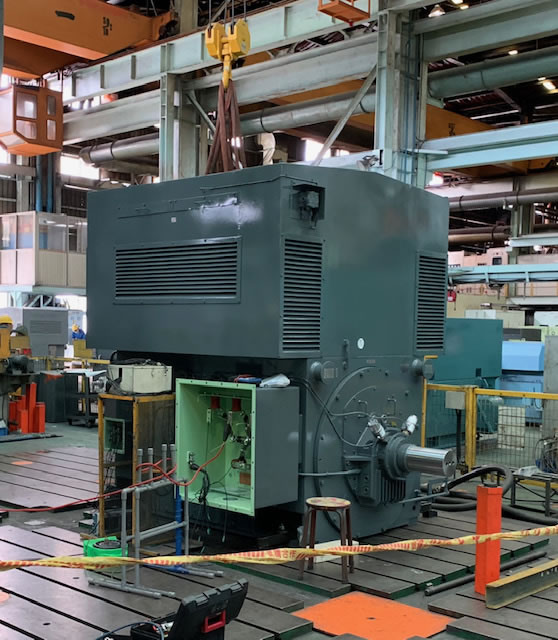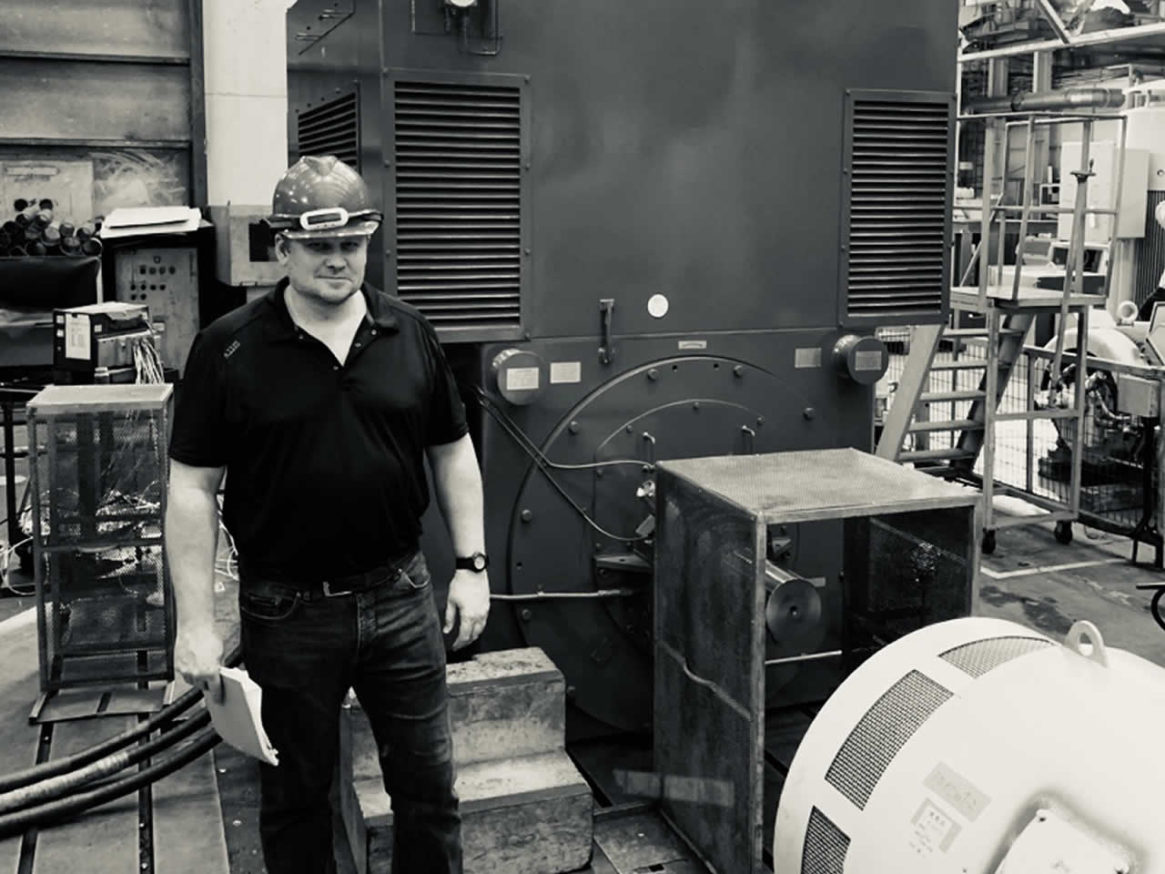Diagnosing and Upgrading Failed Large Synchronous Motor Starting System
Situation
A client was suffering significant loss of production capacity due to the failure of a circa 1980s Reactor Capacitator (R-C) Starting system. The Centrifugal Compressor application was driven by a large Synchronous Electric Motor started by the failing system on a weak, unreliable electric grid. As the protection circuits were no longer functioning, the motor was susceptible to catastrophic failure.
Objective
The Haag Canada expert was contracted to conduct a detailed evaluation and provide a reliable solution that would prevent these debilitating interruptions.
Approach
With the operation forced to close on occasion due to this issue, the matter was exacerbated by the presence of other various equipment dated from the 1960s – 1980s. This proved to compound the problems. Given that the failing R-C system was no longer manufactured or supported, the Haag team members determined that the client needed to replace the system with a more contemporary MV VFD system. In addition to being more reliable, it would provide advanced process controls and significant energy savings.

To arrive at that decision, the engineer conducted a thorough analysis of the historical data and fault records. A comprehensive sweep, including life span analysis of all critical equipment and electrical along with troubleshooting and diagnostics of all electrical apparatus, helped to determine the extent of issues.
A process control evaluation, risk analysis and a combined system analysis together provided the necessary insights to provide a detailed report with the upgraded design. This report outlined the energy savings and advanced control benefits of the new system. The Haag expert then coordinated a study to specify further energy savings and grants available from the local utility company.
- Project management provided a new system including MV VFD, Phase Isolation Transformer, Switchgear, Feed Cabling and Motor.
- Provide new arc flash study and electrical recommendations.
The Haag engineer collaborated to source the new equipment, including Factory Acceptance Testing (FAT), and managed commissioning and site supervision. The entire solution was fully documented and submitted to the client.
